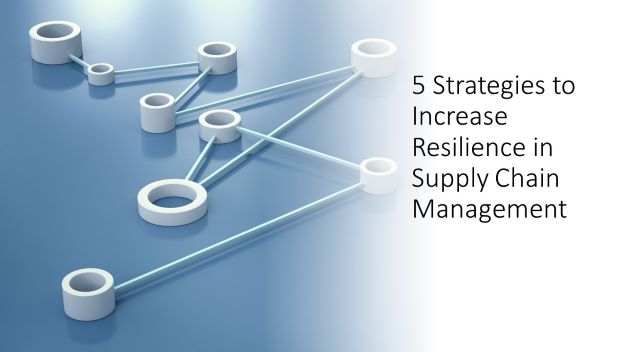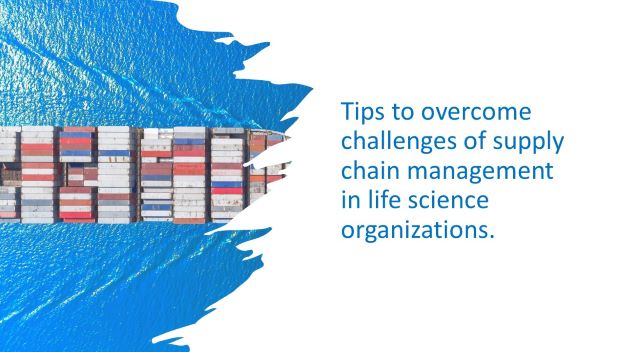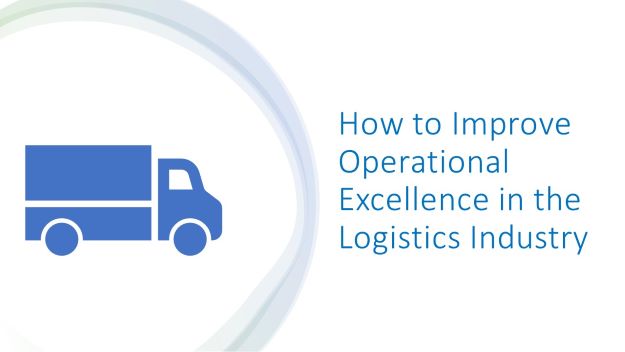Creating a nerve center
Creating a nerve center for supply chain management can improve the speed and effectiveness of your decision-making. By bringing together the specialists from all aspects of the supply chain, you can develop a team that will make the most of available resources. You can also build a stronger connection with key suppliers by establishing deeper partnerships. Your nerve center will act as a central hub to share information, set up essential working infrastructure, and track the progress of key initiatives. Once implemented, the benefits can be seen within five weeks. Creating a nerve center for supply chain operations will improve your cost base, protect your margins, and drive organizational alignment.
Supply chain management has undergone tremendous changes over the past few decades. With access to cheaper labor, regulatory incentives, and proximity to growing consumer markets, businesses have extended their supply chains globally. As a result, creating a nerve center for supply chain management can help you stay ahead of disruptions.
Creating scenario-based planning
Creating scenario-based planning can help businesses better balance the risks and potential trade-offs they face in their business. It can also help companies plan for the worst-case scenarios, helping them avoid delays and potential problems. Traditionally, supply chain managers have focused on minimizing surplus and keeping stock levels low. However, when the Ebola epidemic hit, many businesses were forced to bear the brunt. They were forced to cut back production and inventory, and many retailers struggled to sell their stock.
While a shaky supply chain is always a risk, many companies are taking steps to increase resilience in their supply chains. This requires a comprehensive set of plans and strategies. For example, companies should look into resetting capacity utilization targets, identify triggers to add capacity, and align order fulfillment strategies with customer demand and needs.
Splitting inventory across multiple fulfillment locations
Whether you're an ecommerce retailer or you're a traditional retailer, the ability to split inventory among several fulfillment locations increases the resilience of your supply chain management. By doing so, you can keep your inventory closer to the end customer while saving space and time.
In recent years, production networks have begun to regionalize. This trend is likely to continue, particularly as Asia continues to grow faster than other parts of the world.
Increasing visibility
Increasing visibility is a critical component of resilience, as it enables companies to identify potential problems early and make quick decisions. It also helps them avoid disruptions. Achieving this level of visibility allows companies to develop new capabilities to assess the risks in their supply chain. By using real-time data and analytics, companies can make better decisions about how to handle disruptions.
Supply chain visibility helps businesses track individual components and products in the supply chain. It provides near real-time data at every step of the process, giving management teams full transparency. This transparency helps them develop better business strategies and risk management plans, which help them act proactively to mitigate risk.
Embed ‘Continuous Improvement’ in your organization’s DNA
Building resilience into your supply chain processes is a strategic initiative, whose goal is to have assured business outcome and profitability. When done right, cash-rich organizations can achieve it faster. But what about the small players, startups? These businesses usually have a tight purse-string.
A doable, affordable yet assured pathway for building resilient business workflows is to install Lean, Kaizen in your company’s DNA. Kaizen-ing by default minimizes risks, reduces operational costs, improves product quality and catapult’s customer satisfaction.
Kaizen-ing hence brings dual benefit- It increases both topline and bottom line of a business, regardless of its size or industry sector. Contact us to know more about How Lean, Kaizen can help your business?
An important point to note is that- While taking steps to build business resilience, it is also necessary to measure success. A Bain Resilience Index measures the resilience of individual companies. I’ve a separate post on this, check it out here.
Related Reading:
- Kaizen for pharmaceutical, medical device and biotech industries
- How to cut costs strategically using Kaizen
- Streamline processes and workflows with Gemba Walk.
- Top Ten Strategic Decision-Making Tools for Operational Excellence
Follow Shruti on Twitter, Facebook, YouTube, LinkedIn
Categories: Strategy | Operations | Supply chain logistics
Keywords and Tags:
#operationalexcellence #strategicdecisionmaking #strategy #strategymanagement #supplychainresilience #supplychainmanagement #supplychainprocessimprovement
























